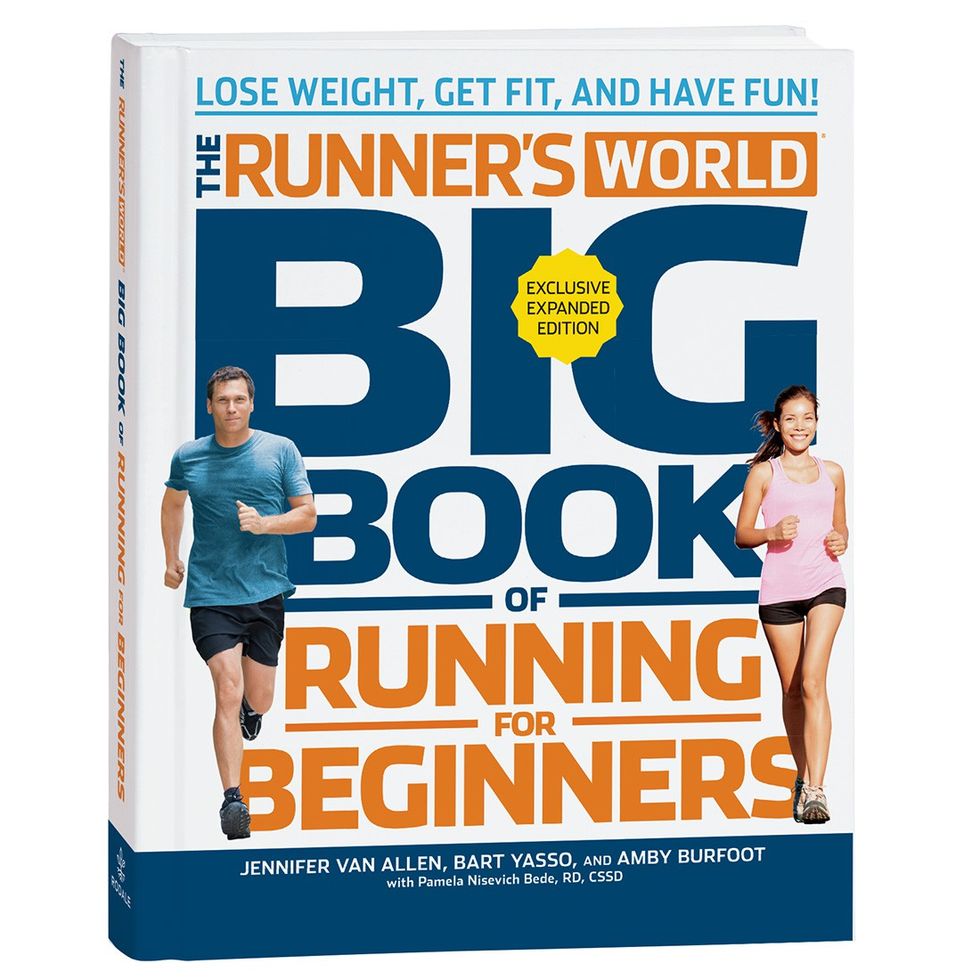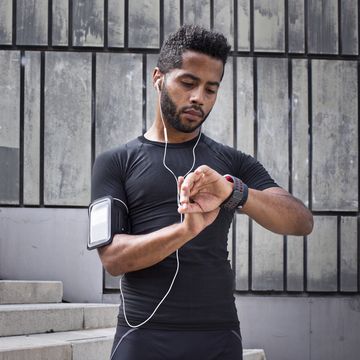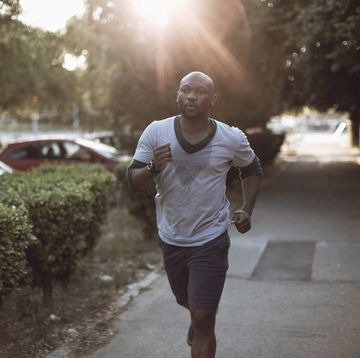Want to get in shape? If you’re not regularly exercising and want to start running, your first steps—literally—should spent be walking. Walking, and running, are two of the least expensive and most convenient ways to get fit, lose weight, reduce stress, and improve your quality of life. And we can help you start walking, get in shape, and stick with it, without getting hurt.
Before you get off the couch, take these steps to get into the habit of regular exercise, and lay a solid foundation for your running life. (Already running or regularly working out? Skip ahead to How to Start Running.)
Get checked. If you’re over 40, or have a family history of heart disease or other health problems, see a doctor before you start a regular exercise program.
Walk, then run. Though some people dismiss “walk” as a four-letter word, it is the most effective way to develop the fitness you need to start running comfortably—without getting hurt. Walking puts your legs and arms through the same general range of motion as running, but without the same impact on your bones and joints. The walk should be brisk—not a race walk, but not a window-shopping walk either, says Steven Blair, professor of exercise science and epidemiology and biostatistics at the University of South Carolina.
Start small. And build slowly. The idea of “starting an exercise routine,” can seem daunting. It doesn’t have to be. Begin with a 15-minute walk. Feeling good? The next day, do it again. If you’re feeling strong, add five or 10 more minutes. Work up to 35 minutes by the end of the week.
Track your progress. Write down details about how long and how far you went on each workout and how you felt while you were on the road. You’ll draw confidence from seeing all of your workouts add up. And the next day’s workout won’t seem as intimidating when you see how much you've already accomplished.
Get good gear. Resist the temptation to just wear any old pair of shoes for your workouts. Worn-out or ill-fitting shoes are one of the most common causes of injury. Go to a specialty running shop, where someone can help you find a pair that offers the fit and support you need.
There’s no magical shoe that makes running easier, but a bad shoe will ruin your running. So don’t shop by price, fashion appeal, or bold promises. While you’re at the store, get clothing made with lightweight, technical materials like DRI Max, Smart Wool, that wick sweat away from your skin so you stay cool in the summer, warm in the winter, and dry even when it’s wet outside. Anything that’s cotton will soak up moisture like a sponge, and keep you cold.
Make the time. Establish a workout routine that blends well into the rhythm of your daily life. Figure out what times of day are most convenient to work out, and find a variety of safe, traffic-free routes that you can take on a regular basis. Find the time of day when running is a non-negotiable. For many people that’s first thing in the morning, when no meetings are scheduled, and the kids are still in bed. And make sure that you have cleared enough time to work out so that it doesn’t jam up your day. If a morning run means you’re speeding to work and stressed about being late, the workout will start to feel like punishment, says Charles Duhigg, author of The Power of Habit.
Eat to lose. Want to shed pounds as you go? The most effective way to lose weight is to cut calories while also boosting your calorie burn through regular exercise. But avoid slashing too many calories too soon; that could cause your energy levels to take a nose dive, and it will be difficult to maintain. Instead, try to consume 300 fewer calories per day. With the other calories you burn through exercise, you can expect to lose a half-pound to 1 pound per week. Track your intake with a detailed food journal (You can use a pen and paper, or try one of the many free web sites and apps on the market). Studies have shown that those who keep food diaries—who are also reading nutrition labels and becoming aware of portions—lose more weight than those who don’t.
[Discover how to run 10, 50, or even 100 pounds off with Run to Lose.]
Build your own support system. Enlist a buddy for your first outing to the gym, the trail, or try a group workout or a class. Research shows that connecting with others—whether it’s a person, an online forum, or a workout group—increases your chances of sticking with an exercise routine. And remember that everyone feels self-conscious at first. “We get so caught up in the anxiety and fear of being negatively evaluated by others,” says Christy Greenleaf, a professor kinesiology at the University of Wisconsin “But the reality is that most of the time other people are way more concerned about themselves.
Sneak in small activities. Take a few minutes of your lunch break to walk the office halls; park at the back of the lot, take the stairs instead of an elevator, and set a timer to chime every hour to remind you to get up and walk around, says running coach Janet Hamilton, an exercise physiologist at Running Strong in Atlanta. Even standing rather than sitting at your desk will help. Studies have shown that standing at your desk during an eight-hour workday will burn 163 more calories than if you were sitting.
Get a plan. While you may not feel like you need a schedule for working out, having a training plan will help keep you on track to meet your goals, and ensure that you build up your workout time gradually enough that you don't get injured. Plus, crossing off each workout as you complete it will give you a sense of accomplishment, and confidence.














